Is Rhinoplasty in Mexico Safe? What to Know
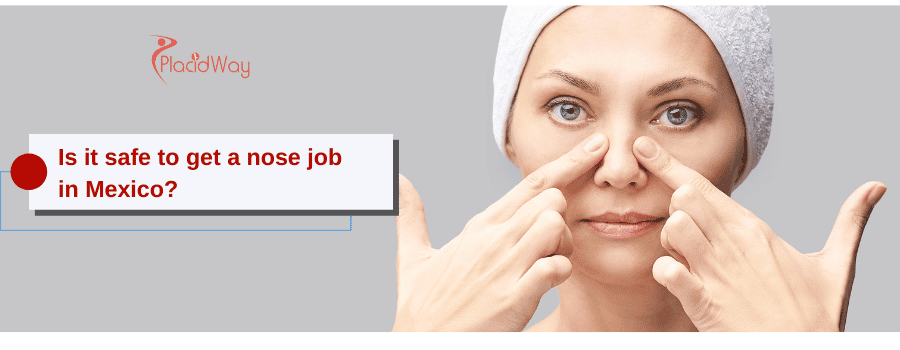
Considering a nose job in Mexico? You're not alone! Many people travel south of the border for rhinoplasty in Mexico due to its reputation for skilled surgeons and significant cost savings. Generally, getting a nose job in Mexico is safe, provided you do thorough research and choose a board-certified surgeon and accredited facility. This guide will walk you through the essential questions to help you make an informed decision.
We understand that the thought of medical procedures in a foreign country can be daunting. That's why we're here to address your concerns with clear, human-friendly advice. From understanding the safety measures to knowing what to expect during recovery, we’ll cover all the important aspects of getting a rhinoplasty in Mexico. Let's explore how you can achieve your desired aesthetic results safely and confidently.
Is it actually safe to get a nose job in Mexico?
"Yes, getting a nose job in Mexico can be very safe if you carefully select a qualified, board-certified plastic surgeon and a reputable, accredited medical facility. Patient safety largely depends on the standards upheld by the chosen clinic and surgeon."
Many people wonder about the safety of undergoing rhinoplasty in Mexico. The reality is that Mexico has a well-developed medical tourism industry with numerous highly skilled and internationally trained plastic surgeons. Many hospitals and clinics adhere to international standards of care and are equipped with advanced medical technology.
However, just like in any country, there are varying levels of quality. The key to a safe experience is diligent research. Look for surgeons certified by the Mexican Council of Plastic, Aesthetic, and Reconstructive Surgery (CMCPER) or international bodies. Verify the accreditation of the clinic or hospital. Reading patient reviews and viewing before-and-after photos can also provide valuable insights into the surgeon's expertise and the facility's standards.
What are the benefits of choosing Mexico for rhinoplasty?
"The primary benefits of choosing rhinoplasty in Mexico include significant cost savings compared to the U.S. and other Western countries, access to highly qualified and experienced surgeons, modern medical facilities, and the opportunity to recover in a pleasant environment."
One of the most significant advantages is the cost of a nose job in Mexico. Patients can often save 50-70% on the procedure without compromising on the quality of care. This affordability makes rhinoplasty in Mexico an attractive option for many. Beyond cost, Mexico boasts a large pool of plastic surgeons who have received training in Mexico, the US, Europe, and other parts of the world, bringing a wealth of experience and diverse skill sets.
Additionally, many Mexican cities popular for medical tourism, like Tijuana, Cancun, and Guadalajara, have state-of-the-art clinics and hospitals specifically designed to cater to international patients. These facilities often offer comprehensive packages that include an initial consultation, the surgery itself, post-operative care, and sometimes even accommodation and transportation, making the entire process more convenient. The chance to recover in a scenic and relaxing location is another appealing factor for many.
What are the potential risks and complications of a nose job in Mexico?
"Like any surgical procedure, rhinoplasty in Mexico carries potential risks such as infection, adverse reaction to anesthesia, bleeding, asymmetry, breathing difficulties, or dissatisfaction with the aesthetic outcome. Choosing an experienced surgeon and accredited facility minimizes these risks."
It's crucial to understand that all surgeries, regardless of where they are performed, come with inherent risks. For rhinoplasty, these can include common surgical risks like infection at the incision site, hematoma (bleeding under the skin), or an unfavorable reaction to anesthesia. Specific to nose surgery, risks can involve nasal septal perforation (a hole in the nasal septum), persistent pain, numbness, or changes in skin sensation around the nose.
There's also the possibility of an unsatisfactory aesthetic result, where the nose doesn't look as expected, or functional issues like difficulty breathing through the nose. Revision surgery might be necessary in such cases. However, the likelihood of these complications is significantly reduced when the procedure is performed by a skilled, board-certified plastic surgeon in a sterile and well-equipped medical environment. Open communication with your surgeon about these risks before the surgery is essential.
How does the cost of a nose job in Mexico compare to the USA or Canada?
"The cost of a nose job in Mexico is substantially lower, typically ranging from $3,000 to $5,500 USD, whereas the same procedure in the USA or Canada can cost between $8,000 and $15,000 USD or even more. This significant price difference is a major draw for medical tourists."
The dramatic difference in cost is a primary motivator for individuals seeking rhinoplasty in Mexico. This price disparity isn't due to lower quality of care or less experienced surgeons in reputable Mexican facilities. Instead, it's attributed to several economic factors, including lower overhead costs for clinics (rent, salaries, administrative expenses), a lower cost of living in general, and favorable currency exchange rates.
It's important to get a detailed quote that outlines everything included in the price, such as surgeon’s fees, anesthesia costs, facility fees, pre-operative tests, and post-operative medications and follow-up visits. Even with travel and accommodation expenses factored in, many patients find that the total cost is still considerably less than undergoing the surgery in their home country.
How can I find a qualified and board-certified plastic surgeon in Mexico?
"To find a qualified plastic surgeon for your nose job in Mexico, look for certifications from the Mexican Council of Plastic, Aesthetic, and Reconstructive Surgery (CMCPER). You can also check for memberships in international societies like the American Society of Plastic Surgeons (ASPS) or the International Society of Aesthetic Plastic Surgery (ISAPS)."
Research is paramount when selecting a surgeon. Start by checking the surgeon's credentials. The CMCPER is the official body that certifies plastic surgeons in Mexico, ensuring they have met rigorous training and examination standards. Many top Mexican surgeons are also members of prestigious international organizations, which can be an additional indicator of their expertise and commitment to global standards.
Beyond certifications, review the surgeon’s experience specifically with rhinoplasty. Ask how many nose surgeries they perform annually and request to see a portfolio of their before-and-after photos. Reading patient testimonials and reviews on independent platforms can also provide valuable insights. Virtual consultations are often available, allowing you to "meet" the surgeon, discuss your goals, and ask questions before committing to travel.
What accreditations should I look for in a Mexican hospital or clinic?
"Look for clinics or hospitals in Mexico that are accredited by national bodies like the Federal Commission for the Protection against Sanitary Risks (COFEPRIS) or internationally recognized organizations such as the Joint Commission International (JCI) or the American Association for Accreditation of Ambulatory Surgery Facilities (AAAASF)."
Accreditation signifies that a medical facility meets specific standards of safety, quality of care, and operational protocols. COFEPRIS is Mexico's regulatory agency responsible for overseeing medical services and ensuring they comply with national health and safety regulations. If a clinic is COFEPRIS-approved, it’s a good sign.
For an even higher level of assurance, look for international accreditations. JCI accreditation, for example, is considered the gold standard in global health care, indicating that the facility meets patient safety and quality standards comparable to those in the United States. AAAASF accreditation also demonstrates a commitment to high standards for patient care in an ambulatory surgery setting. Choosing an accredited facility for your rhinoplasty in Mexico significantly enhances your safety.
What is the typical recovery process like after a nose job in Mexico?
"The initial recovery period for a nose job in Mexico involves about 7-10 days of noticeable swelling and bruising, during which a splint and bandages will be on your nose. Most patients can return to light activities within 2 weeks, but full healing and final results can take 6 months to a year."
Immediately after your rhinoplasty in Mexico, you'll have a splint or cast on your nose to provide support and protection. You may also have packing inside your nostrils for a day or two. Swelling and bruising around the eyes and nose are common and typically peak within the first few days, gradually subsiding over the next one to two weeks. Some discomfort or mild pain is expected, which can be managed with prescribed pain medication.
Your surgeon will provide specific post-operative care instructions, which may include keeping your head elevated, applying cold compresses, and avoiding strenuous activities. You'll likely have follow-up appointments to remove the splint and any stitches. While the most visible swelling decreases within a few weeks, subtle swelling can persist for several months. It’s important to be patient and allow your body ample time to heal to see the final refined shape of your new nose.
Are Mexican hospitals and clinics for plastic surgery well-equipped?
"Yes, many leading hospitals and clinics in Mexico that cater to medical tourists are well-equipped with modern medical technology and facilities, often comparable to those found in the U.S. or Europe. It's important to choose facilities that highlight their advanced equipment and accreditations."
Reputable Mexican facilities invest heavily in maintaining high standards. This includes having advanced diagnostic tools, state-of-the-art surgical suites, and comfortable recovery rooms. Many surgeons use cutting-edge techniques, such as ultrasonic (piezo) rhinoplasty, which allows for more precise bone sculpting with less trauma to surrounding tissues.
When researching options for your rhinoplasty in Mexico, look at clinic websites for information on their technology and facilities. Virtual tours or photos can often give you a sense of their environment. Inquire about the specific equipment used for rhinoplasty and anesthesia monitoring. A commitment to modern technology often goes hand-in-hand with a commitment to patient safety and optimal outcomes.
What are the success rates for rhinoplasty in Mexico?
"The success rates for rhinoplasty in Mexico, when performed by experienced, board-certified surgeons in accredited facilities, are generally high and comparable to those in other developed countries. Success is typically measured by patient satisfaction and the achievement of aesthetic and functional goals."
Success in rhinoplasty is multifaceted. It involves achieving the desired aesthetic appearance, improving or maintaining nasal breathing function, and ensuring patient satisfaction with the overall experience and outcome. While exact statistics can vary by clinic and surgeon, skilled Mexican surgeons who specialize in rhinoplasty consistently deliver excellent results.
The key factors influencing success rates include the surgeon's skill and experience, the quality of the medical facility, thorough pre-operative planning (including clear communication of patient goals), and diligent post-operative care. Revision rates for rhinoplasty globally are generally around 5-15%, and reputable surgeons in Mexico also strive to keep their revision rates low by aiming for optimal results in the primary surgery.
What are common concerns for medical tourists seeking a nose job in Mexico?
"Common concerns for medical tourists considering a nose job in Mexico include surgeon qualifications, facility safety standards, potential language barriers, travel and accommodation logistics, post-operative care, and the process for handling any complications after returning home."
It's natural to have concerns when traveling abroad for surgery. Prospective patients often worry about verifying a surgeon's credentials from afar and ensuring the clinic meets rigorous safety protocols. Language barriers can be a concern, although many top clinics catering to international patients have bilingual staff and surgeons fluent in English.
Logistical aspects like arranging travel, finding suitable accommodation for recovery, and understanding the local area are also common considerations. Perhaps one of the biggest concerns is follow-up care and what happens if a complication arises after returning home. Reputable providers will have clear protocols for long-distance follow-up and will discuss how to manage any potential issues. Addressing these concerns through thorough research and open communication with your chosen clinic is vital.
What questions should I ask my Mexican plastic surgeon before the procedure?
"Before your rhinoplasty in Mexico, ask your surgeon about their board certifications, their specific experience with rhinoplasty (number of procedures, before/after photos), the surgical technique they recommend for you, the type of anesthesia to be used, details of the recovery process, all associated costs, and their policy on revision surgeries."
A thorough consultation (virtual or in-person) is your opportunity to get all your questions answered. Key questions include:
- Are you board-certified by the CMCPER?
- How many rhinoplasty procedures do you perform each year?
- Can I see before-and-after photos of patients with similar nasal structures and goals to mine?
- What type of rhinoplasty (open or closed) do you recommend for me and why?
- What are the potential risks and complications in my specific case?
- What type of anesthesia will be used, and who will administer it?
- Where will the surgery be performed (hospital or clinic)? Is it accredited?
- What does the recovery timeline look like, and what post-operative care will I need?
- What is the total cost, and what does it include?
- What is your policy if a revision surgery is needed?
A trustworthy surgeon will be happy to answer all your questions in detail and ensure you feel comfortable and informed.
Can I combine my nose job with other cosmetic procedures in Mexico?
"Yes, it is often possible to combine a nose job in Mexico with other cosmetic procedures, such as a chin augmentation, eyelid surgery, or even a facelift, often referred to as a 'mommy makeover' if combined with body procedures. This can be cost-effective and consolidate recovery time, but suitability depends on your overall health."
Combining procedures is a common practice in cosmetic surgery. Doing so can reduce overall costs (e.g., one anesthesia fee, one facility fee) and means undergoing a single recovery period. For facial harmony, rhinoplasty is often combined with procedures like chin implants (genioplasty) or eyelid surgery (blepharoplasty).
However, the decision to combine surgeries should be made carefully in consultation with your surgeon. Your overall health, the total expected surgery time, and the complexity of each procedure will be considered. Longer surgery times can increase certain risks, so your surgeon will assess if it's a safe option for you.
What type of anesthesia is typically used for nose jobs in Mexico?
"For rhinoplasty in Mexico, general anesthesia is most commonly used. This means you will be completely asleep during the procedure. In some minor cases or for specific tip work, local anesthesia with intravenous sedation might be an option, but general anesthesia is standard for comprehensive nose reshaping."
General anesthesia is preferred for most rhinoplasty procedures because it ensures the patient is completely still and unaware, allowing the surgeon to work with precision. It also allows for complete control of the airway during the surgery. An anesthesiologist, who is a medical doctor specializing in anesthesia, will administer the anesthesia and monitor your vital signs throughout the operation.
Before your surgery, you will have a consultation with the anesthesiologist to discuss your medical history and any concerns. They will explain the anesthesia process and answer any questions you may have. Ensuring that a qualified anesthesiologist is part of the surgical team is a critical aspect of safety for your nose job in Mexico.
How long should I plan to stay in Mexico after my rhinoplasty?
"It is generally recommended to stay in Mexico for at least 7 to 10 days after your rhinoplasty. This allows for initial recovery, removal of the splint and any external stitches (usually around day 7), and at least one or two post-operative check-ups with your surgeon before you travel home."
The exact recommended duration of stay can vary based on your surgeon's protocol and the complexity of your procedure. The first week is crucial for monitoring initial healing and addressing any immediate concerns. Your surgeon will want to see you to remove the nasal splint and assess your progress.
Traveling too soon after surgery, especially by air, can increase swelling and discomfort due to changes in cabin pressure. Waiting at least 7-10 days ensures you are stable enough for travel and have had the opportunity for essential early follow-up care. Discuss your travel plans with your surgeon to get their specific recommendations for your nose job in Mexico.
What kind of follow-up care can I expect after returning home from Mexico?
"Reputable clinics in Mexico that cater to international patients usually offer remote follow-up care after you return home. This can include video calls with your surgeon, sharing progress photos, and guidance via email or phone. They should also provide clear instructions on when to see a local doctor if needed."
Long-distance follow-up is an important part of the medical tourism experience. Before you leave Mexico, your surgeon should provide you with comprehensive post-operative instructions, contact information for any concerns, and a schedule for virtual check-ins. You will be advised on how to manage your recovery, what to expect at different stages, and warning signs that might require medical attention.
It's also wise to have a plan for local follow-up if necessary. While your Mexican surgeon remains your primary point of contact for surgical care, having a local general practitioner or ENT specialist informed about your procedure can be beneficial for any unexpected minor issues or if you simply want an in-person check-up. Discuss this with your Mexican surgeon before your rhinoplasty.
Are there potential language barriers with doctors and staff in Mexico?
"While Spanish is the official language, in major medical tourism destinations in Mexico, many plastic surgeons and clinic staff are fluent in English to cater to international patients. However, it's crucial to confirm the English proficiency of your surgeon and the medical team before committing to your nose job in Mexico."
Clear communication is vital for a safe and successful medical procedure. Reputable clinics that regularly serve patients from the US, Canada, and Europe typically have bilingual or multilingual staff, including doctors, nurses, and patient coordinators. This ensures you can discuss your goals, concerns, and medical history effectively and understand all aspects of your treatment and recovery.
When researching, explicitly ask about language capabilities. During your initial consultation (often virtual), you can gauge the surgeon's English fluency. Many clinics also provide translated documents and consent forms. If you are not comfortable with the level of English spoken, it might be better to look for another provider to ensure there are no misunderstandings regarding your rhinoplasty in Mexico.
Where can I find reliable reviews for plastic surgery in Mexico?
"Reliable reviews for plastic surgery in Mexico can be found on independent third-party websites like RealSelf, Google Reviews, Trustpilot, and forums dedicated to medical tourism or cosmetic surgery. Look for detailed reviews that discuss the surgeon's skill, clinic conditions, staff attentiveness, and overall patient experience."
When reading reviews for rhinoplasty in Mexico, consider the source and look for patterns. A large number of positive, detailed reviews is generally a good sign. Be wary of clinics with only a few generic reviews or an overwhelming number of negative ones. Before-and-after photos, especially those submitted by patients themselves on platforms like RealSelf, can also be very telling.
Keep in mind that individual experiences can vary. It's also helpful to look for reviews that mention specific aspects important to you, such as communication, post-operative care, and the final aesthetic outcome. Some medical tourism facilitators also provide vetted patient testimonials.
Are financing options available for a nose job in Mexico?
"Yes, some clinics in Mexico offer in-house payment plans or partner with third-party medical financing companies that cater to international patients. It's worth inquiring directly with your chosen clinic about the financing options for your nose job in Mexico."
While the cost of rhinoplasty in Mexico is significantly lower, some patients may still prefer to finance the procedure. Some larger clinics or hospital groups might have established relationships with financing companies that specialize in medical loans for patients traveling abroad. These companies often have online application processes.
Alternatively, you might consider personal loans from your bank or credit union in your home country, or using a medical credit card. Be sure to understand the terms, interest rates, and repayment schedules of any financing option before committing.
What essentials should I pack for my rhinoplasty trip to Mexico?
"For your rhinoplasty trip to Mexico, pack comfortable, loose-fitting clothes (especially button-down or zip-front tops), any prescribed medications, a neck pillow for comfortable rest, toiletries, entertainment (books, tablet), and important documents (passport, medical records, insurance details). Also include arnica montana (for bruising, if approved by your surgeon) and saline nasal spray."
Comfort is key during your recovery. Choose clothes that are easy to put on and take off without pulling over your head, to avoid accidentally bumping your nose. A travel neck pillow can help you sleep in an elevated position, which is recommended after a nose job.
Other useful items include:
- Dry shampoo (as you might not be able to wash your hair easily at first).
- Lip balm (your lips may get dry from breathing through your mouth).
- Snacks that are easy to eat.
- A hat and sunglasses to protect your nose and eyes from the sun when you are cleared to go out.
- Copies of your medical history and any communication with your surgeon.
- Contact information for your surgeon and clinic.
Always check with your airline regarding luggage restrictions and any rules about carrying medications.
Which cities in Mexico are popular and considered safe for a nose job?
"Popular and generally safe cities in Mexico for a nose job include Tijuana (due to its proximity to the US and numerous specialized clinics), Cancun (offering a resort-style recovery), Guadalajara (known for its medical schools and skilled surgeons), and Mexico City (the capital with many high-quality hospitals)."
These cities have well-established medical tourism infrastructures with numerous experienced, board-certified plastic surgeons and accredited facilities catering to international patients.
- Tijuana is a very common choice for Americans, especially those from California, due to its easy accessibility and a high concentration of reputable clinics.
- Cancun appeals to those who want to combine their medical travel with a relaxing beach recovery environment.
- Guadalajara is a major hub for medical education and has a strong reputation for specialist doctors.
- Mexico City, as a large cosmopolitan capital, hosts many top-tier hospitals and experienced surgeons.
The "best" city depends on your individual preferences regarding travel, desired environment for recovery, and the specific surgeon or clinic you choose for your rhinoplasty in Mexico. Regardless of the city, the most critical factor is thorough research into the surgeon's credentials and the facility's accreditation.
Ready to explore your options for a transformative nose job in Mexico? PlacidWay can help you connect with experienced surgeons and accredited clinics. Explore PlacidWay today to find trusted healthcare solutions and start your journey towards a new you with confidence!
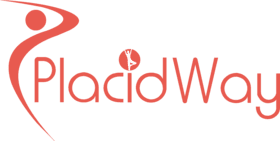
.png)

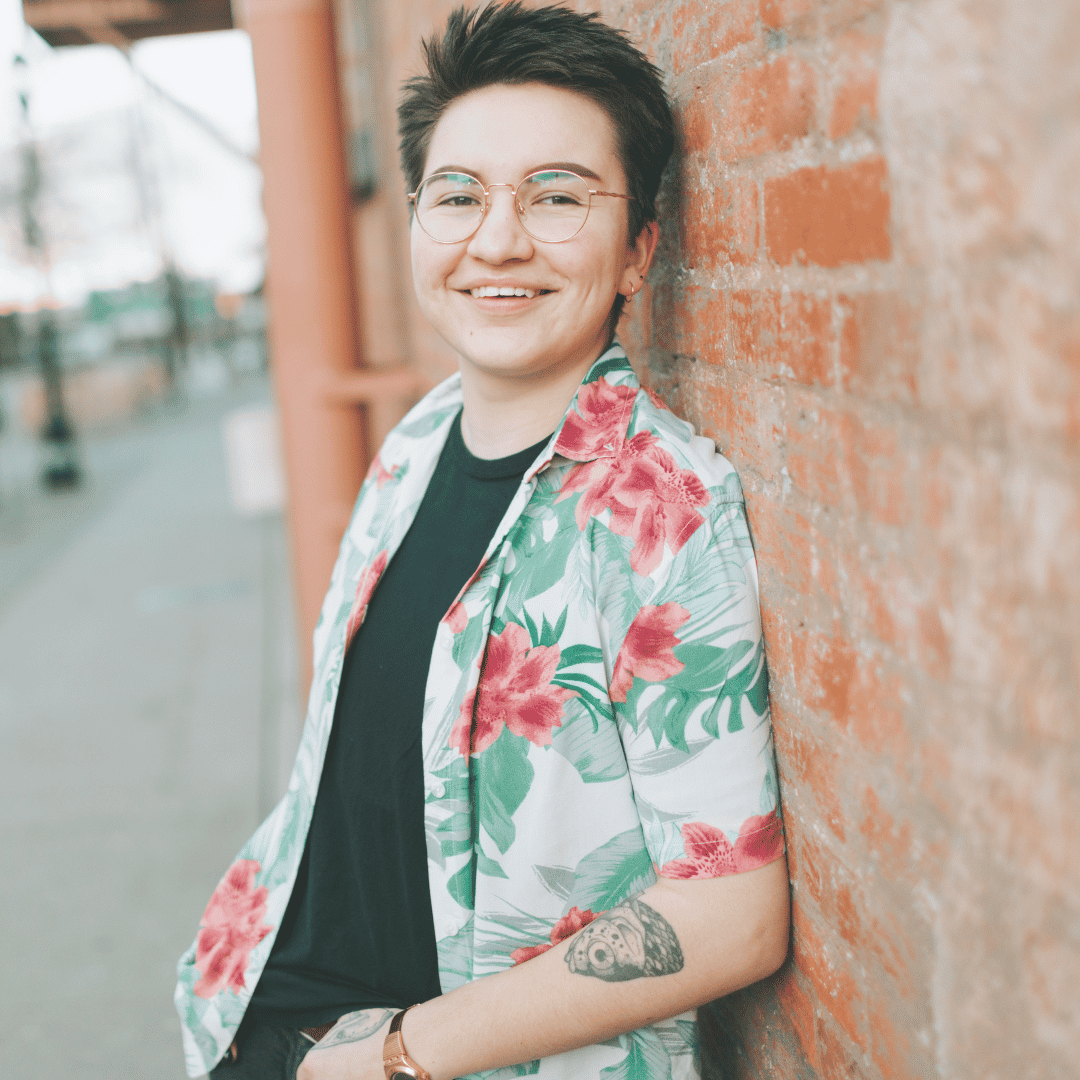
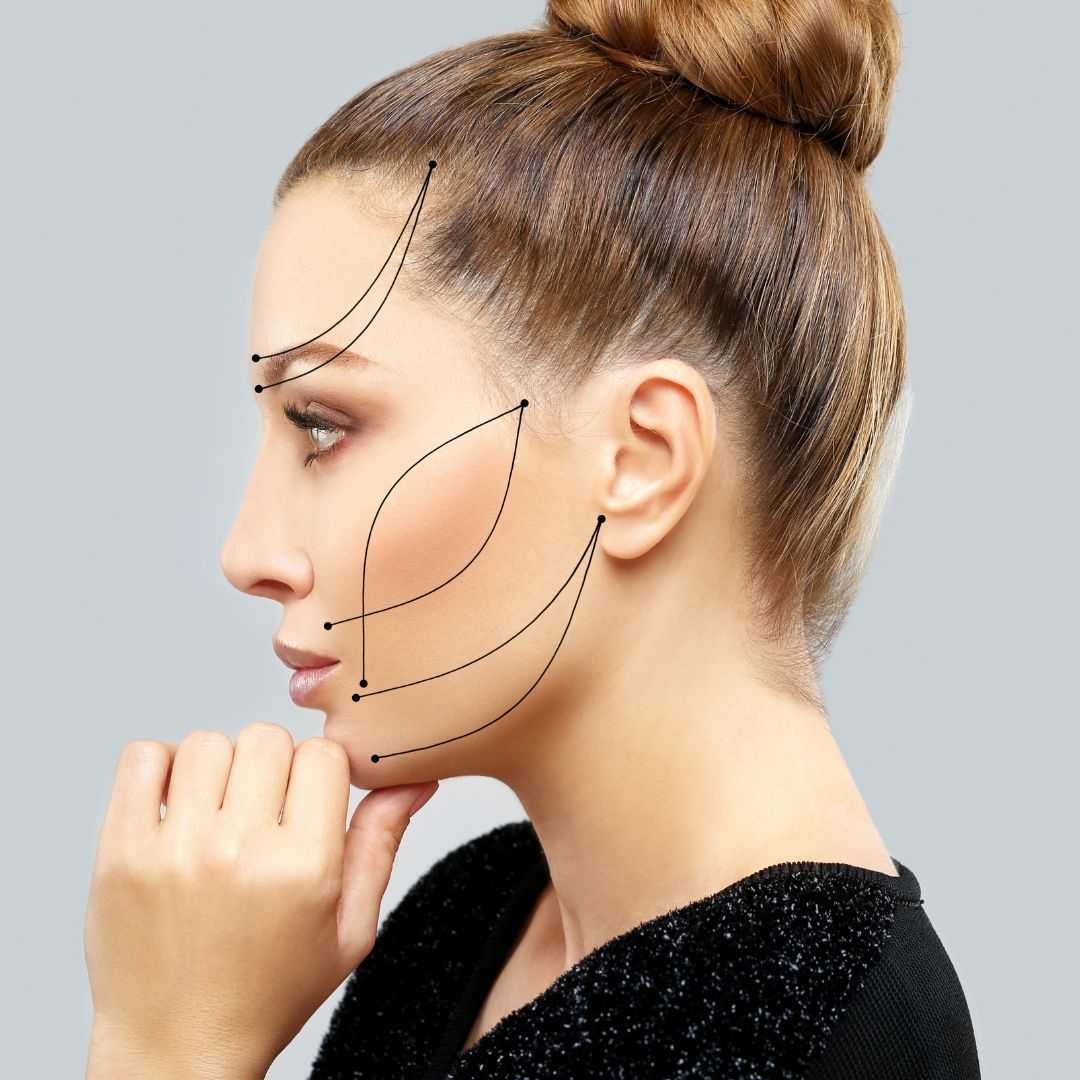

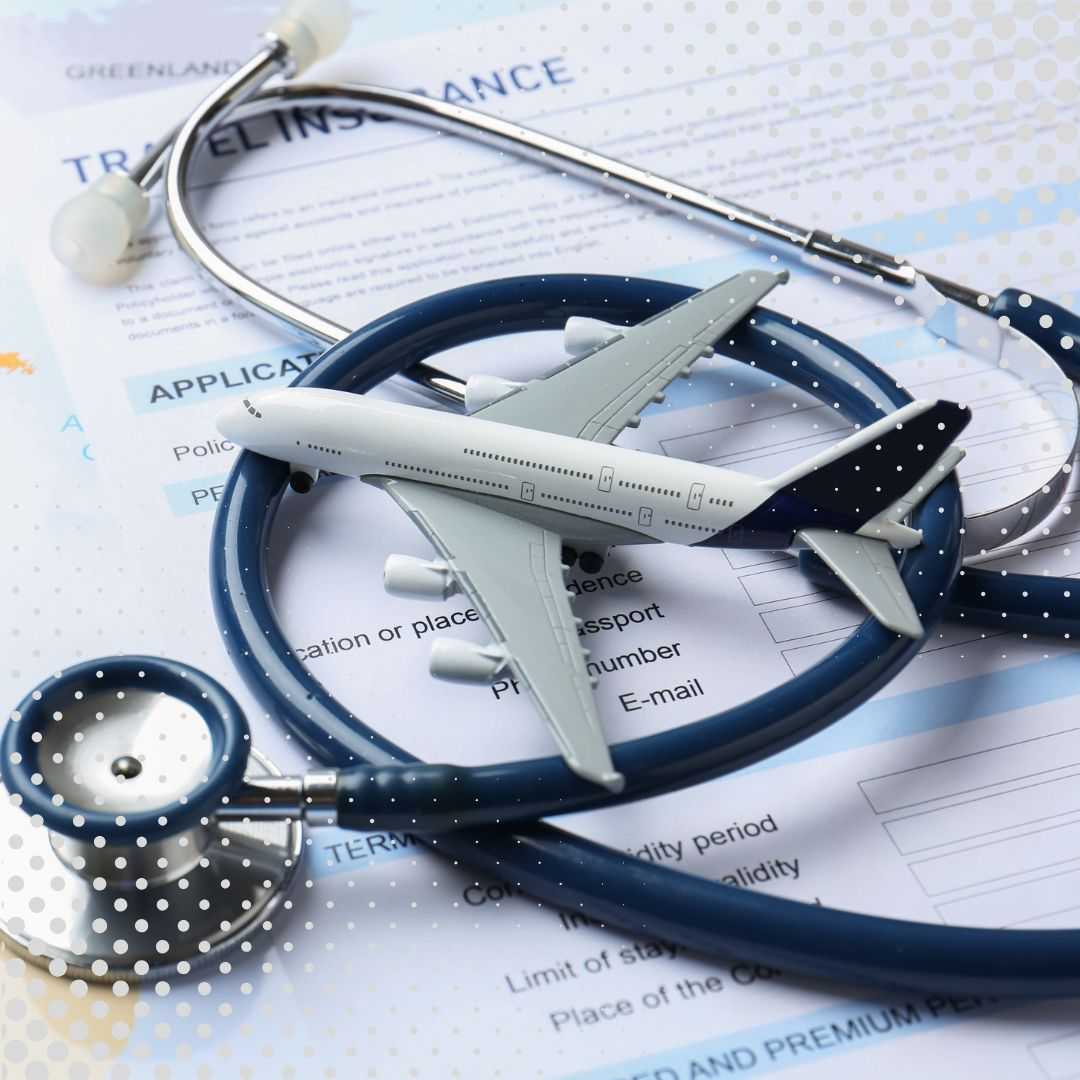


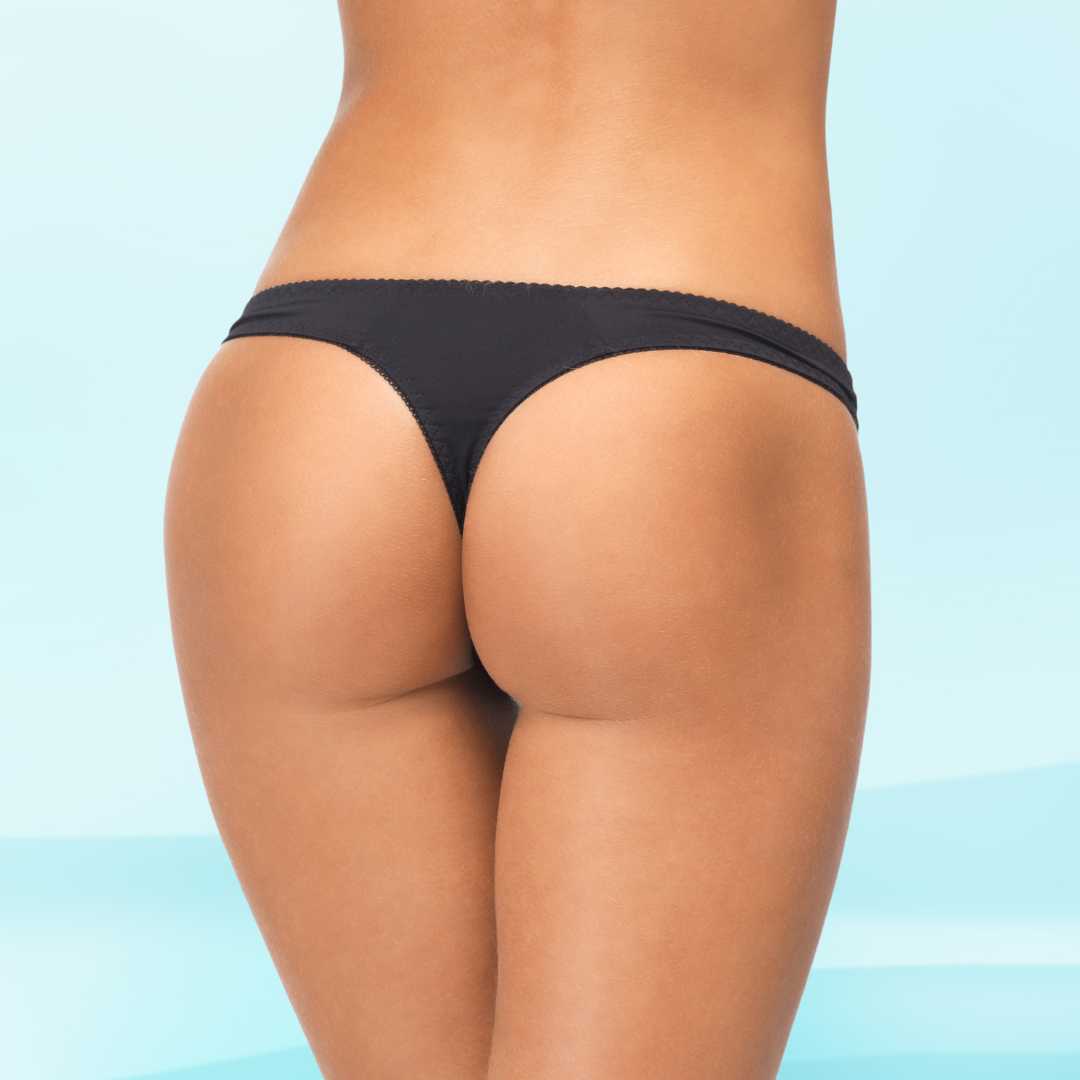

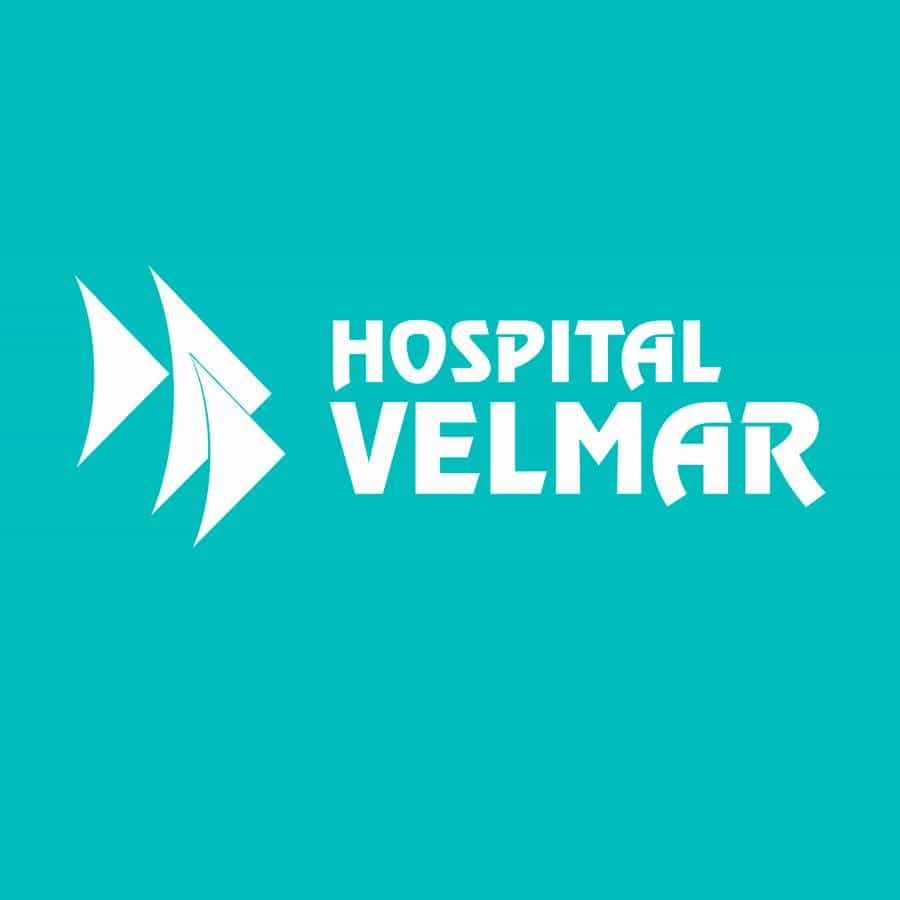
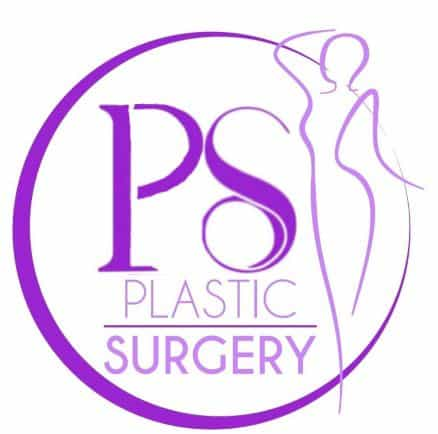
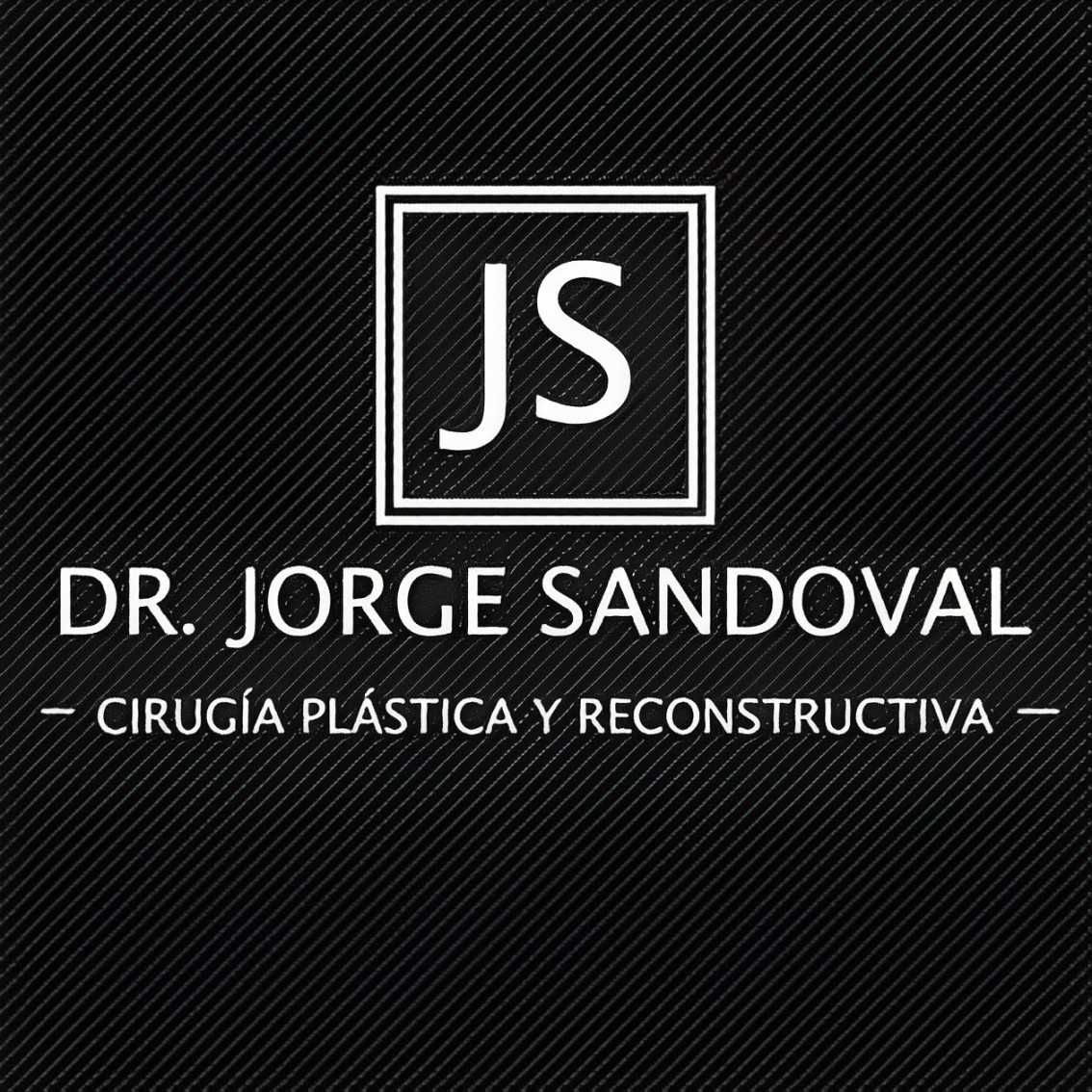
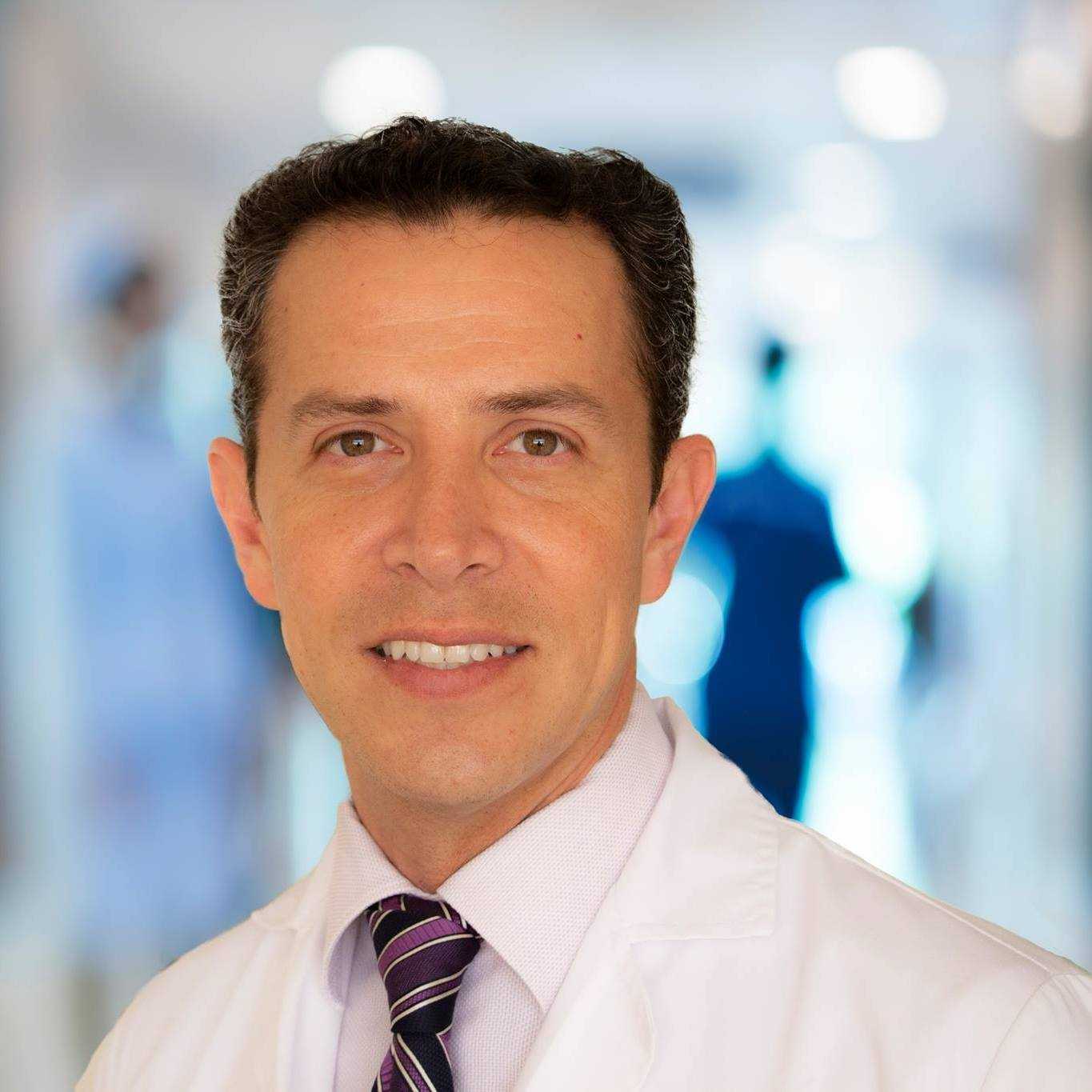

Share this listing